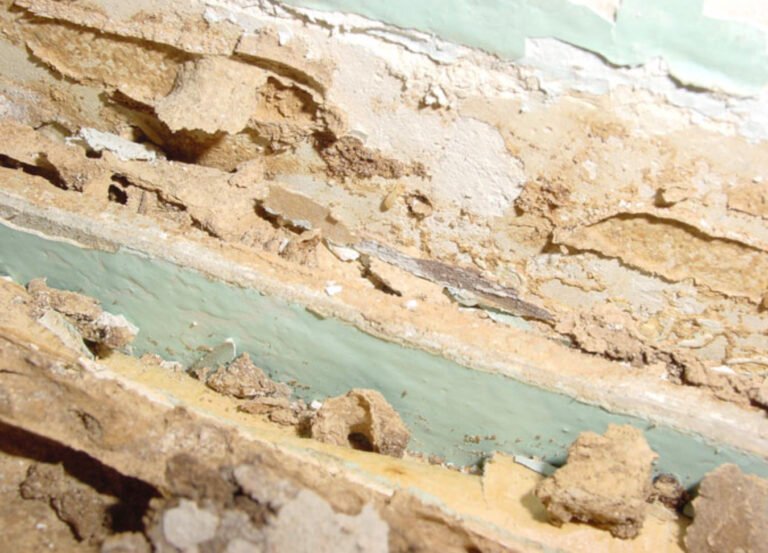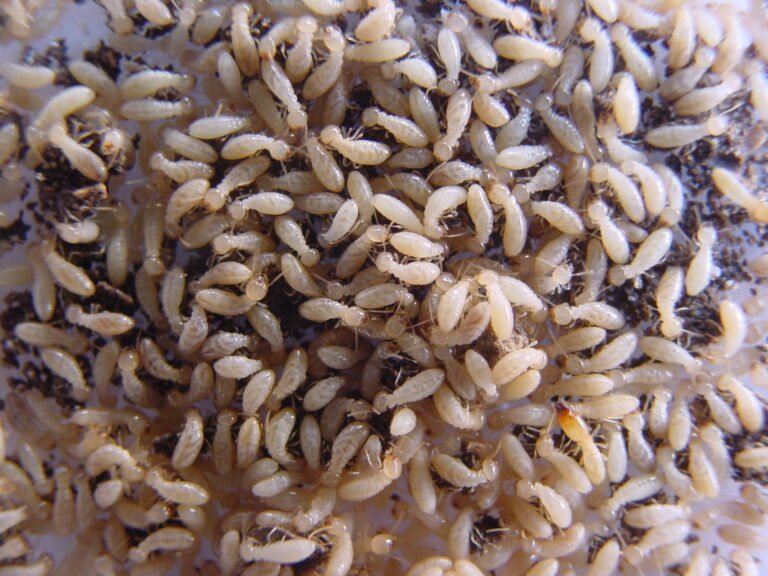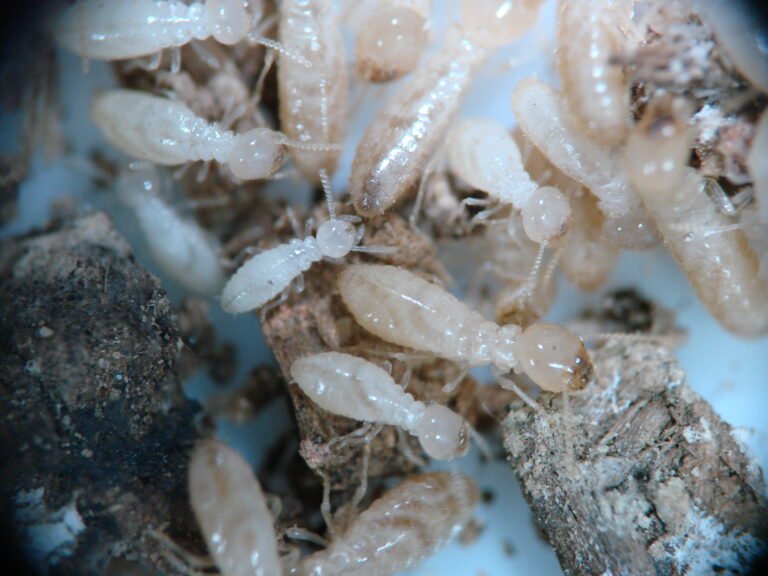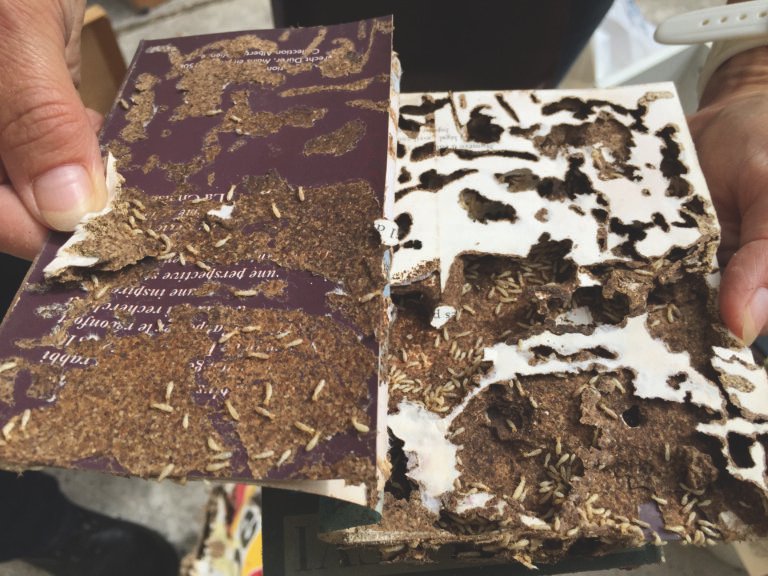Frequently Asked Questions
NO, because the stations containing the high density cellulose material are exclusively installed by Sentri Tech Authorized Applicators.
NO. On dit un termite, nom commun masculin, désignant un insecte xylophage de couleur blanche, dont les colonies sont pourtant constituées de mâles comme de femelles.
NO. No Africa, termites build cathedral-shaped termite mounds that rise high above ground level. In France, all termite mounds are underground. Whereas the African termite queens are huge, the French colonies contain several breeding pairs… all of which are small!
NO. Ants and termites only have in common their size and their life in society. Their development is different: they do not belong to the same order, even if, by abuse of language, termites are sometimes called “white ants”.
NO. They move night and day, but in galleries or tunnels. Indeed, these xylophagous insects fear drafts.
NO. Although they can fly during the swarming period, or dig to extract food or clear a passage, termites cannot swim! And if colonies of termites often adjoin water points, it is because humidity is essential to their survival.
YES. However, this assertion needs to be qualified. Indeed, some living and healthy trees will never be targeted by termites because they secrete repellent and/or toxic molecules. But a weakened tree, due to heat stress for example, can be attacked by a colony of termites. However, termites more easily plant their jaws in soft wooden beams. Chestnut and oak offer more resistance than pine…
NO. Termites feed on cellulose, i.e. wood, but also all its derivatives (cardboard, paper, etc.). Books, partitions, wallpaper, or plasterboard vapor barriers are therefore not spared. Moreover, in their neverending quest for food, termites make their way through materials that they do not consume but which they nevertheless degrade, such as plaster, polystyrene, electrical sheathing, etc.
YES. The soils of Italy, Spain and the Brittany region are rich in granite and are not free of termites. A simple cover of humus and dead wood on the rock is enough to ensure the proliferation of these insects.
YES. Termites do not distinguish between recent and old habitat. Underground colonies simply search for cellulose in buildings within their reach. And if it is true that young wood is generally treated, therefore protected, there is always enough cellulose in a house to attract the colony: wallpaper, archives stored in the cellar, baseboards, door frames…
NO. Of course, the treatment of a timber frame generally protects it against insects living in the wood, such as longhorn beetles or woodworms. However, the rest of the house is not protected from termites which live in the ground and invade the house from below!
NO. Each year, buildings in this case (schools, gymnasiums, metal-framed buildings, etc.) are attacked and require anti-termite treatments. The damage is located at the level of door frames, baseboards, but also in materials easily crossed by termites in search of cellulose, such as plaster or polystyrene. They also like to follow the electrical wiring whose sheaths they degrade, creating prejudicial short circuits.
YES. If your property is located in an infested area and specified by Prefectoral or Municipal Order. If this concerns you, it is mandatory to carry out a termite diagnosis to find out whether or not your property is infested by termites and thus estimate the extent of the infestation. In the absence of a termite diagnosis, no warranty exemption clause for hidden defects constituted by the presence of termites may be stipulated in the authentic deed of sale. Good to know: for the sale of real estate, the termite diagnosis is valid for a period of 6 months. To find out more about the state relating to the presence of termites that the seller must provide, the Ministry of Ecological and Solidarity Transition informs you of your obligations in the event of a real estate sale. Click here
YES. Thanks to Observatoire National Termites(National Termite Observatory), you can find out if the town in which you live is invaded by termites and whether or not it is subject to a prefectoral decree. To find out, click here.
One minute to understand



More info on termites

Often invisible damage

Who are termites?

The way of life of termites
Termites are spreading in Metropolitan France and in the DROMs

Mandatory termite diagnosis

What do termites eat?

How to eliminate termites?

Termites, the clues that should alert you

Termite control, a matter of professionals
Contact the nearest
Sentri Tech certified applicator
We know each of our partner applicators. They have been selected and trained by Sentri Tech and are regularly audited. They are picked
and trained by Sentri Tech and are regularly audited.